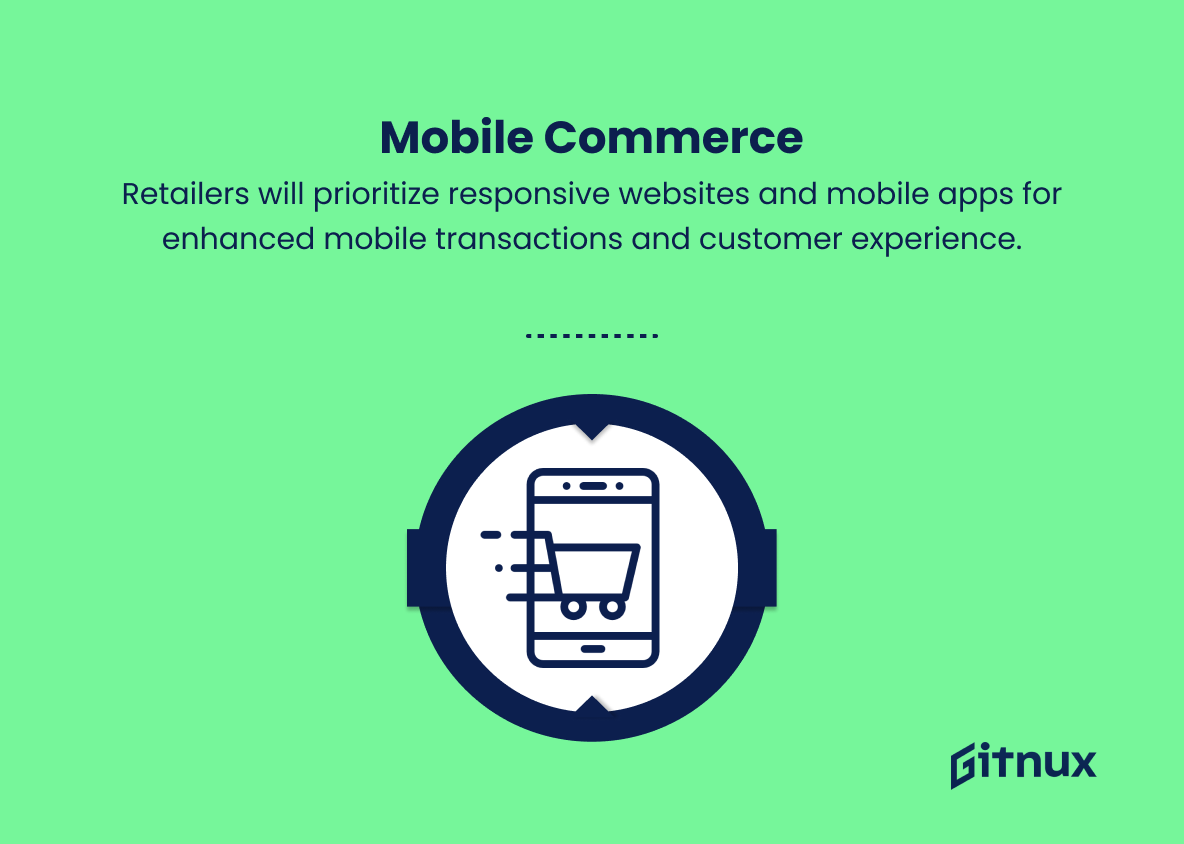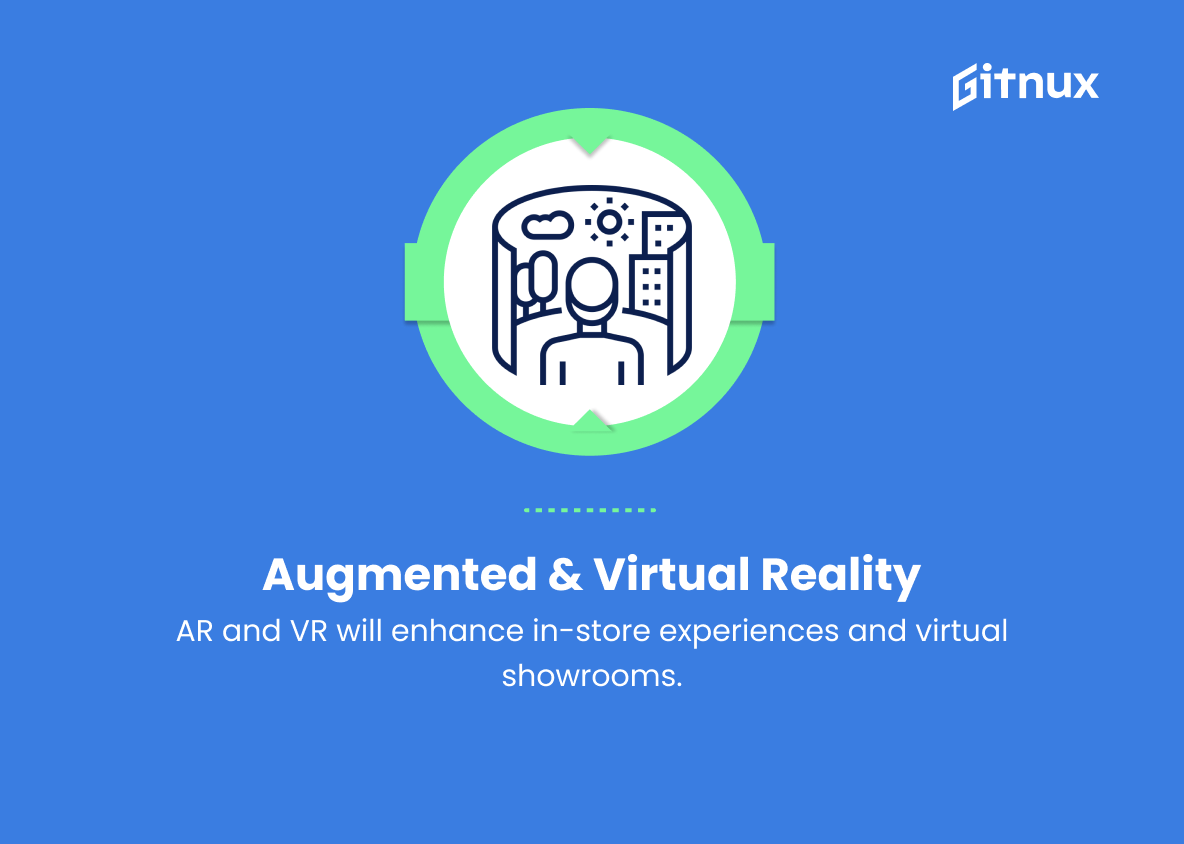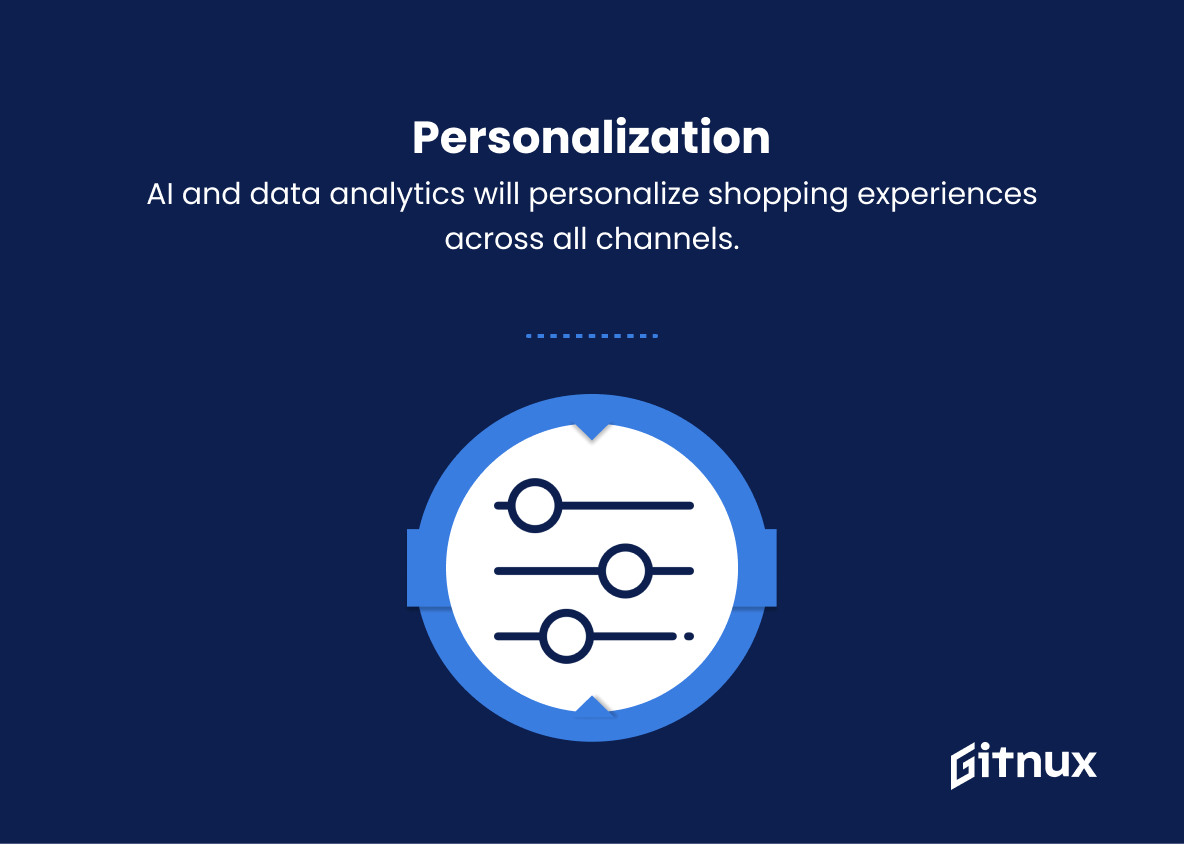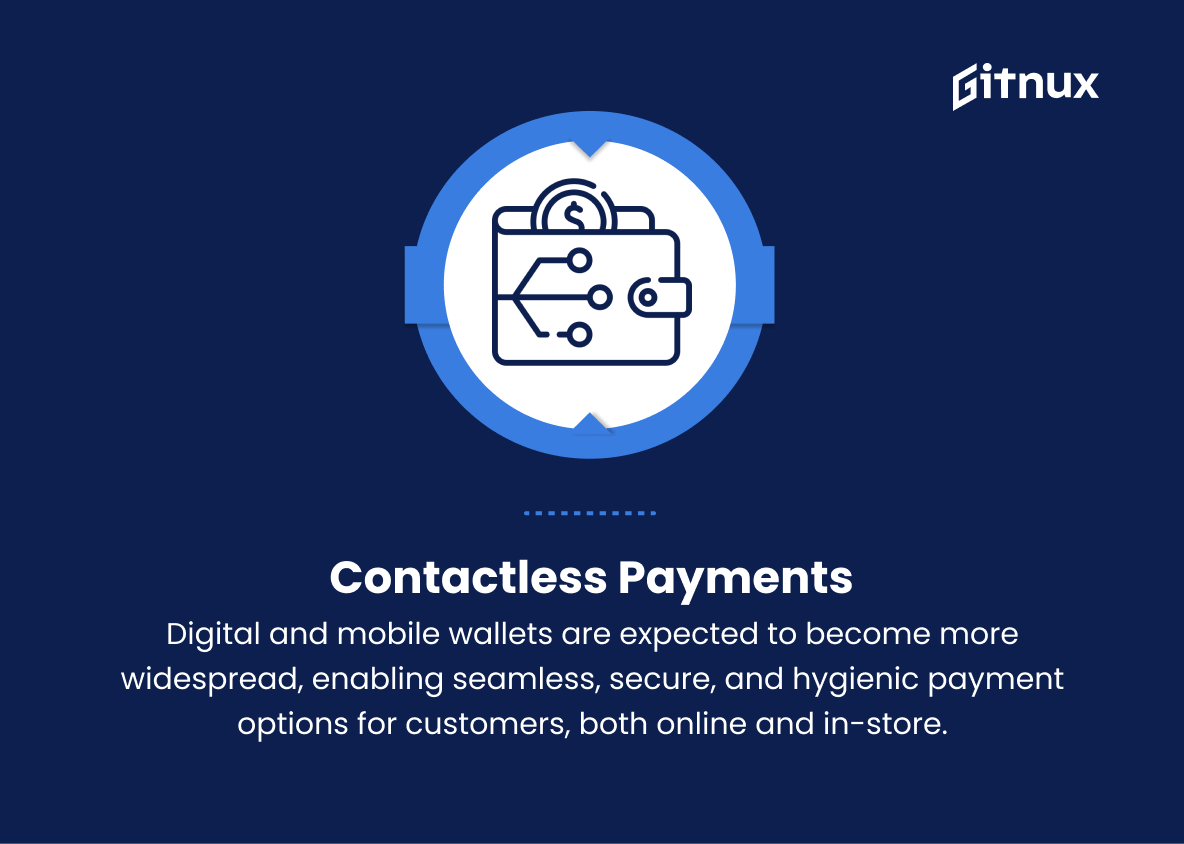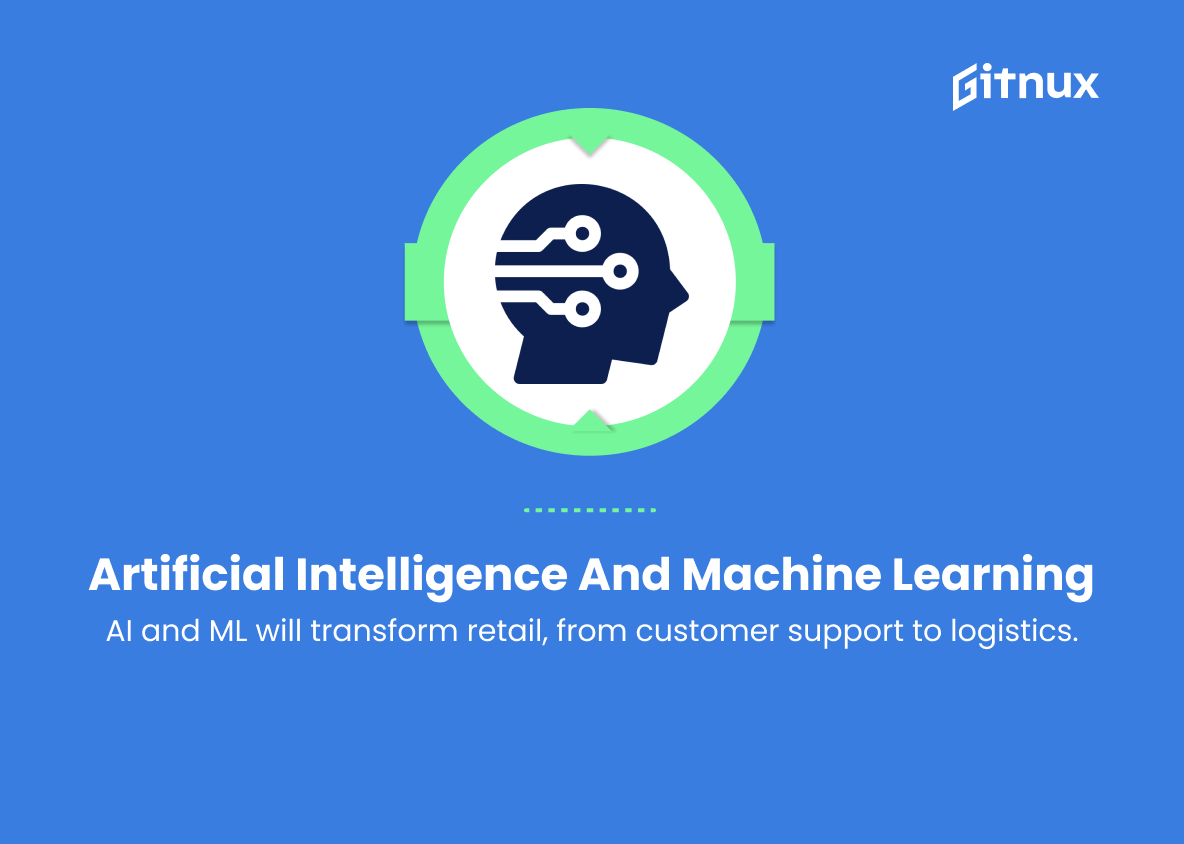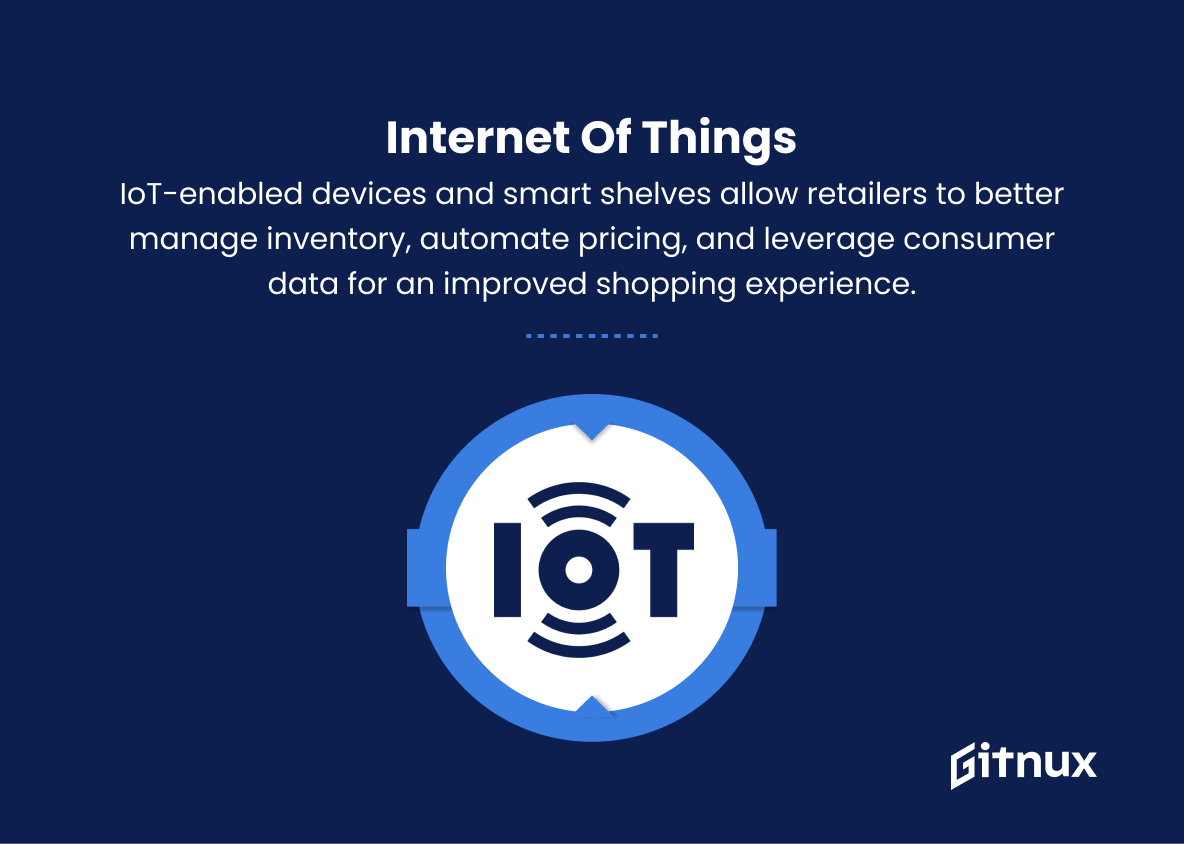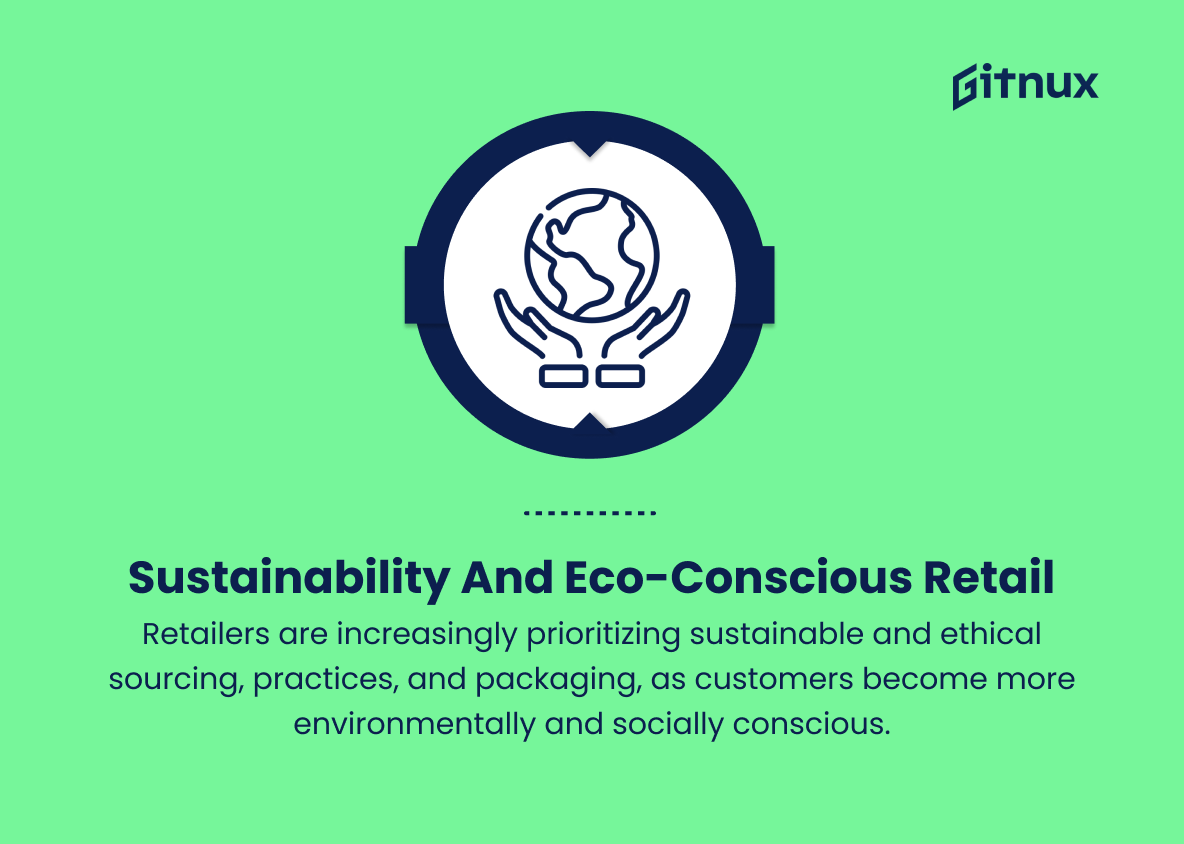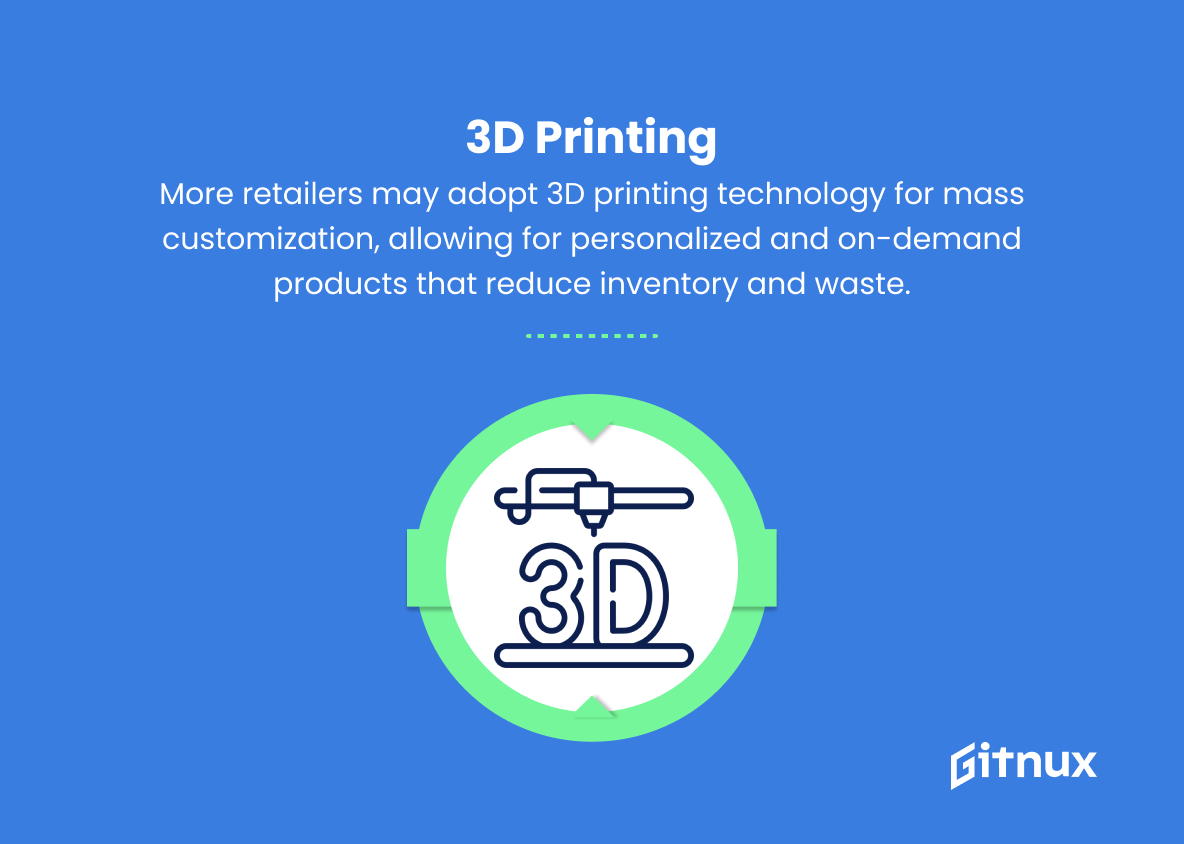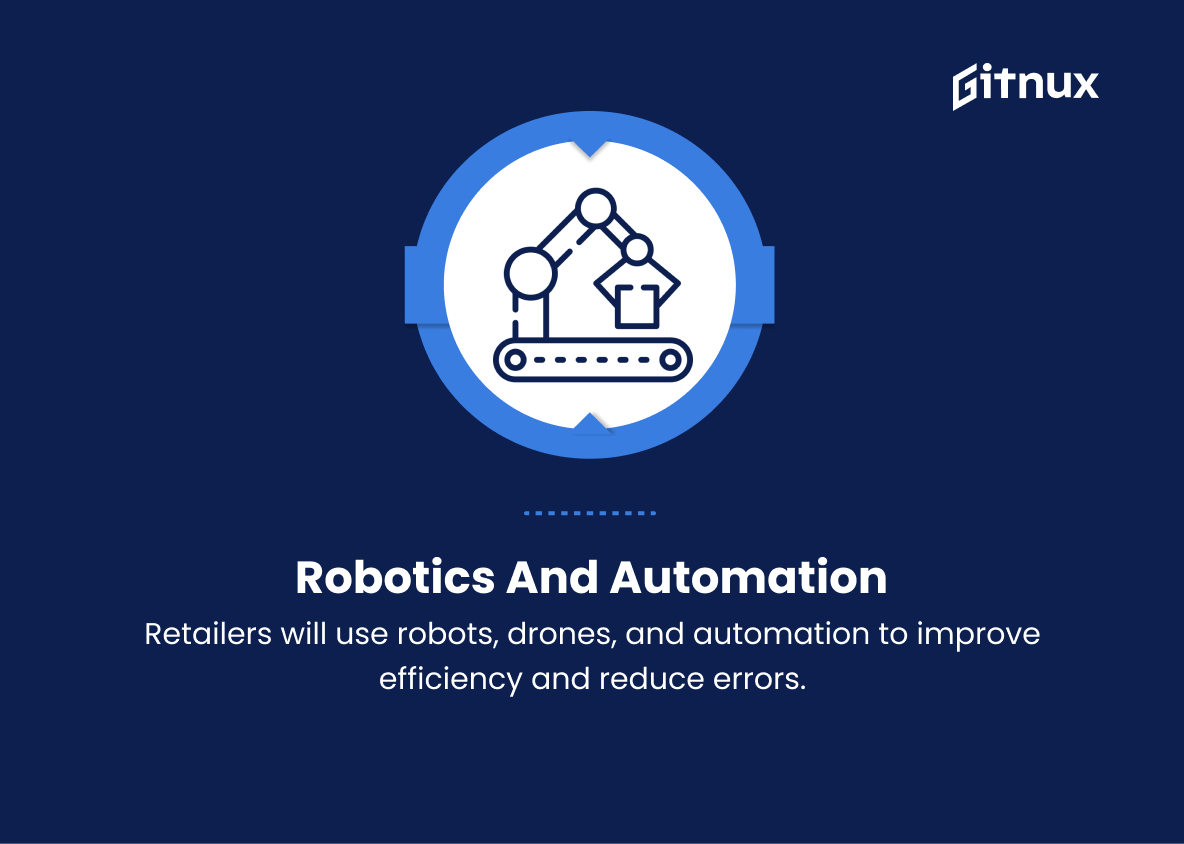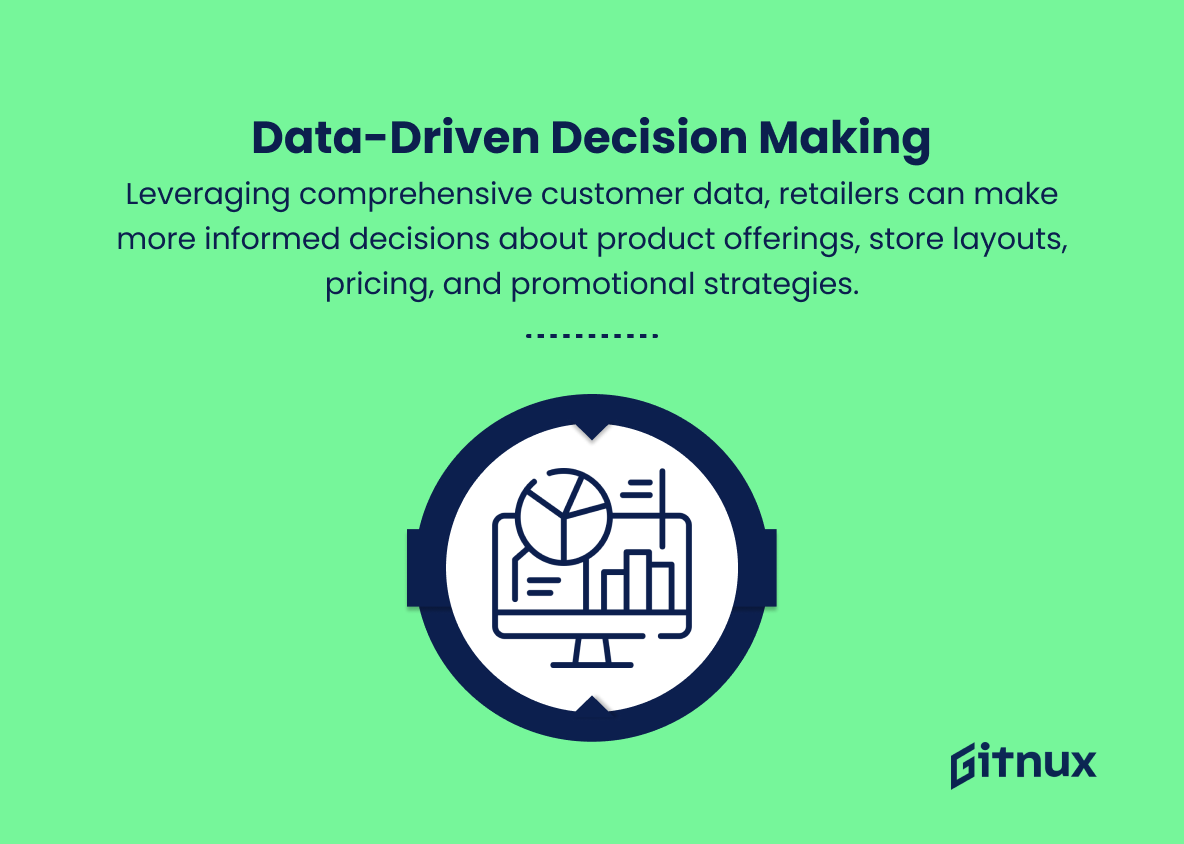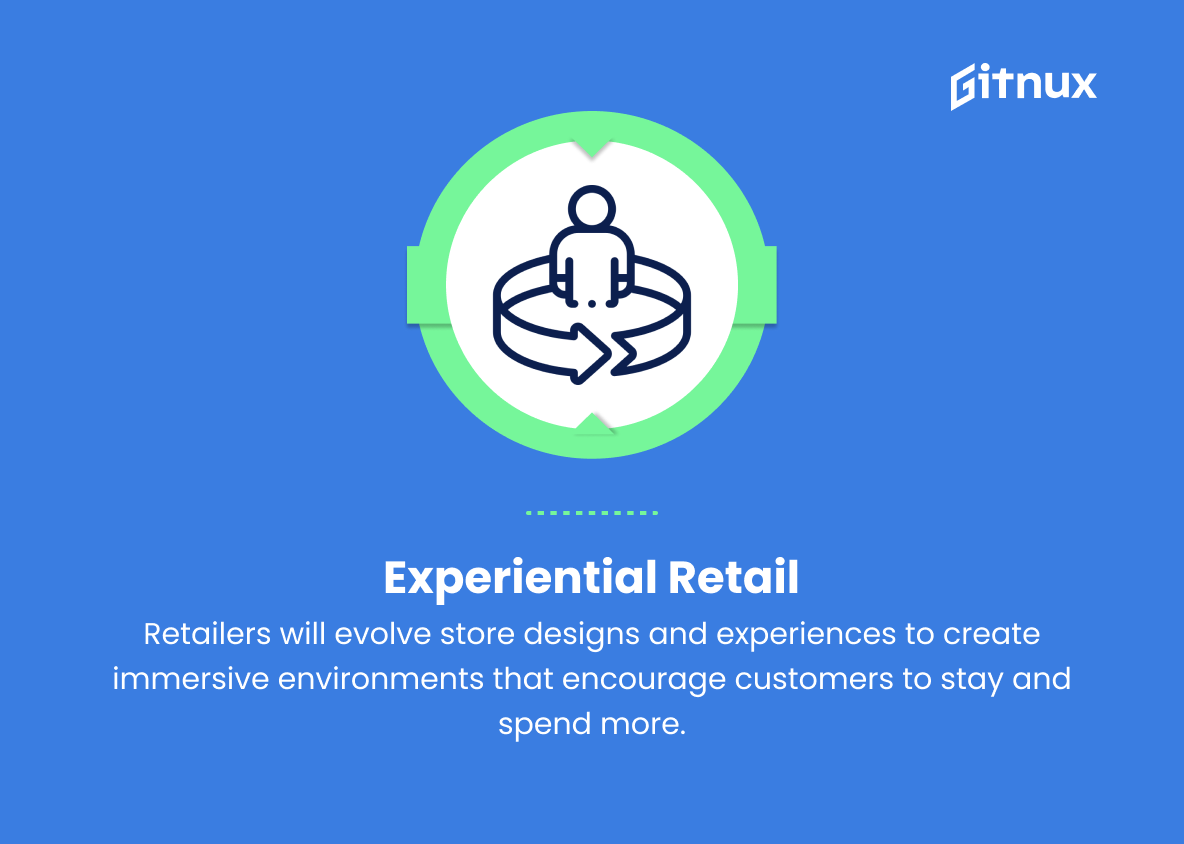In today’s rapidly-evolving technological landscape, staying ahead of the curve is not just a goal, but a necessity for businesses worldwide. Digital retail trends have become increasingly significant, as traditional brick-and-mortar stores constantly adapt to remain competitive amid the rise of e-commerce.
This blog post delves into the latest and most impactful digital retail trends shaping the future of the industry. From AR-enabled shopping experiences to personalized marketing strategies, we will explore the innovative technologies and practices that businesses must embrace to not only survive, but thrive in the digital era. As the lines between online and offline retail continue to blur, understanding these trends will be instrumental in crafting strategies for sustained success and growth.
Top Digital Retail Trends
1. Omnichannel Retailing
Retailers will continue to integrate and optimize their physical and digital channels to provide a seamless customer experience, meeting customers where they are most comfortable to shop.
2. Mobile Commerce
With smartphones becoming increasingly important in consumers’ lives, more retailers will prioritize creating responsive websites and mobile apps, enhancing mobile transactions and customer experience.
3. Augmented & Virtual Reality
AR and VR technologies will increasingly be adopted to enhance in-store experiences and enable virtual showrooms, allowing customers to interact and visualize products in a 3D digital environment.
4. Personalization
Advanced AI and data analytics will allow retailers to create personalized experiences across all channels, tailoring product recommendations, offers, and marketing messages to individual customer preferences.
5. Social Commerce
Social media platforms are increasingly becoming a tool for discovering, sharing, and purchasing products, blurring the lines between retail, marketing and social networking. Retailers must make use of social media selling to boost sales and build brand presence.
6. Voice Commerce
Voice-activated smart devices, powered by AI assistants, are becoming more popular, allowing consumers to buy products and engage with retailers through voice commands, increasing convenience.
7. Contactless Payments
Digital and mobile wallets are expected to become more widespread, enabling seamless, secure, and hygienic payment options for customers, both online and in-store.
8. Subscription-based Shopping
Retailers are embracing the subscription economy by offering subscription-box services and loyalty programs, providing a personalized and convenient shopping experience for customers.
9. Artificial Intelligence and Machine Learning
AI and ML will play important roles in many aspects of retail, including customer support, inventory, and logistics management, creating personalized offers, forecasting demand, and minimizing losses.
10. Internet of Things
IoT-enabled devices and smart shelves allow retailers to better manage inventory, automate pricing, and leverage consumer data for an improved shopping experience.
11. Sustainability and Eco-conscious Retail
Retailers are increasingly prioritizing sustainable and ethical sourcing, practices, and packaging, as customers become more environmentally and socially conscious.
12. 3D Printing
More retailers may adopt 3D printing technology for mass customization, allowing for personalized and on-demand products that reduce inventory and waste.
13. Robotics and Automation
Retailers will increasingly deploy robots, drones, and automation technology for tasks such as stock replenishment, inventory management, and delivery, improving efficiency and reducing human error.
14. Data-driven Decision Making
Leveraging comprehensive customer data, retailers can make more informed decisions about product offerings, store layouts, pricing, and promotional strategies.
15. Experiential Retail
Retailers will continue to evolve store designs and in-store experiences to create compelling and immersive environments, encouraging customers to spend more time and make purchases.
16. Click-and-Collect and BOPIS (Buy Online, Pick-up In Store)
Convenience will drive the growth of click-and-collect and BOPIS services, helping retailers drive more foot traffic to physical stores while providing customers with flexible options.
17. Dynamic Pricing
Retailers will use artificial intelligence and advanced analytics to dynamically adjust pricing in real-time, based on factors such as demand, competition, and inventory levels.
18. Blockchain Technology
Retailers may use blockchain for secure product tracking, traceability, and authentication, enhancing customer trust in the supply chain and ensuring the integrity of their products.
19. Gamification
Retailers will seek to engage and retain customers using game-like experiences, loyalty programs, and rewards.
20. Direct-to-Consumer (D2C) model
More brands will bypass traditional retail channels and launch their own online stores, enabling them to form strong relationships with consumers and maintain control over their brand experience.
Implications
In the near future, the retail industry will witness remarkable transformations driven by digital trends. Retailers will adapt to omnichannel retailing, creating seamless customer experiences by integrating physical and digital channels. Mobile commerce will thrive as retailers prioritize mobile apps and responsive websites. AR and VR technologies will redefine in-store experiences and virtual showrooms, allowing customers to visualize products in 3D digital environments.
The widespread use of AI and data analytics will offer unparalleled personalization across all channels, while social commerce, voice commerce, and contactless payments will blur the lines between retail, marketing, and social networking. Subscription-based shopping, IoT, and eco-conscious practices will create a more personalized and sustainable shopping experience. Innovative technologies like 3D printing, robotics, and automation will revolutionize inventory management and production processes.
Data-driven decision-making and dynamic pricing will optimize product offerings, store layouts, and promotional strategies. To stand out, retailers will invest in experiential retail, click-and-collect services, gamification, and direct-to-consumer models. Lastly, the adoption of blockchain technology will increase transparency and trust in supply chains, empowering retailers to meet the evolving needs and preferences of customers.
Conclusion
In conclusion, the rapidly evolving landscape of digital retail trends signifies the importance of businesses staying ahead of the curve in order to remain competitive and relevant in today’s market. Adopting modern technologies, prioritizing customer experience, personalizing marketing strategies, and focusing on sustainability are paramount to achieving success in an increasingly digital retail environment.
By embracing these trends and adapting to the ever-changing consumer demands, companies have the opportunity to not only bolster their brand presence but also enhance their bottom lines. The future of digital retail is undeniably exciting, and those businesses that are quick to identify and capitalize on these emerging trends will undoubtedly reap the benefits.

